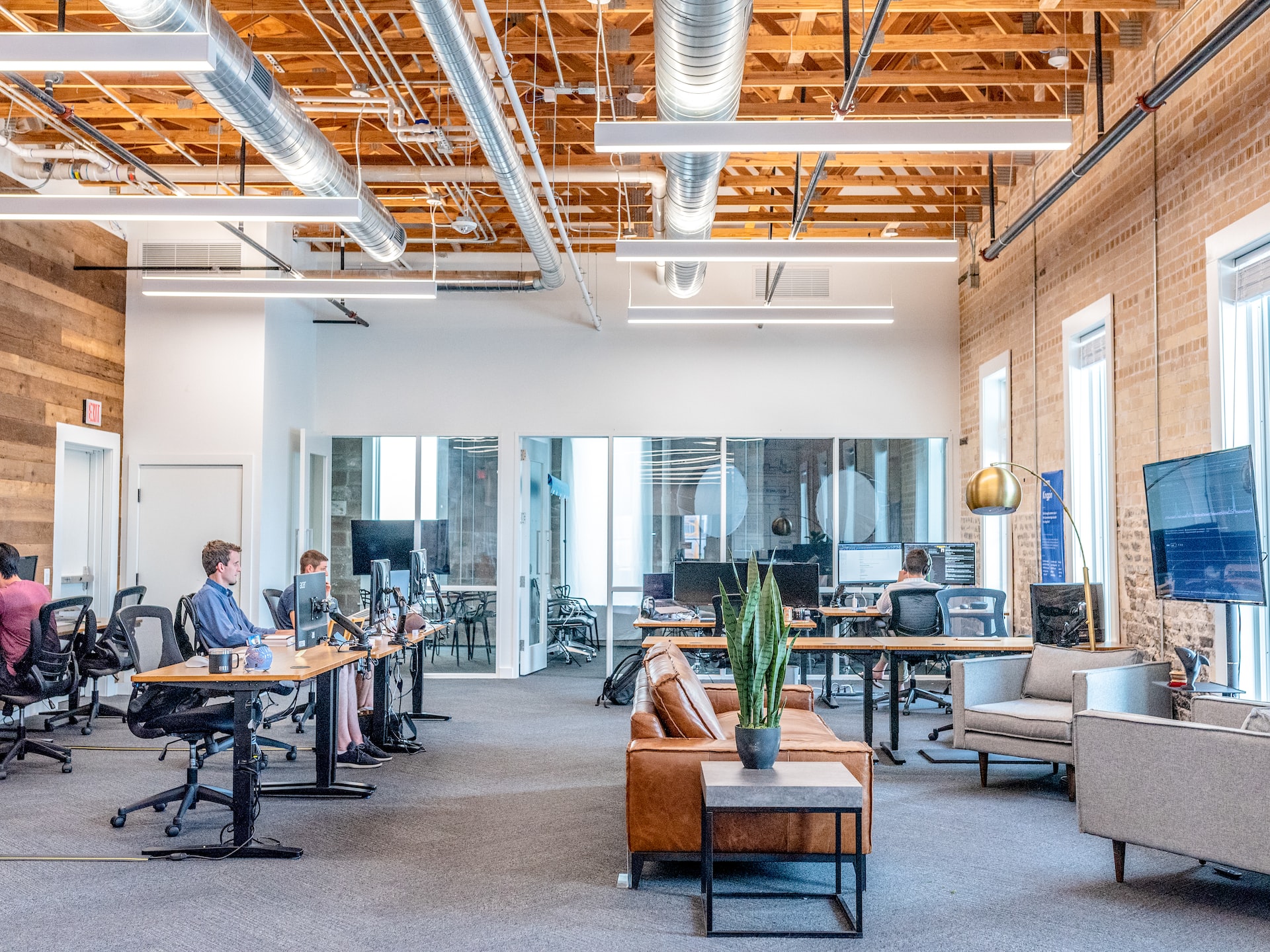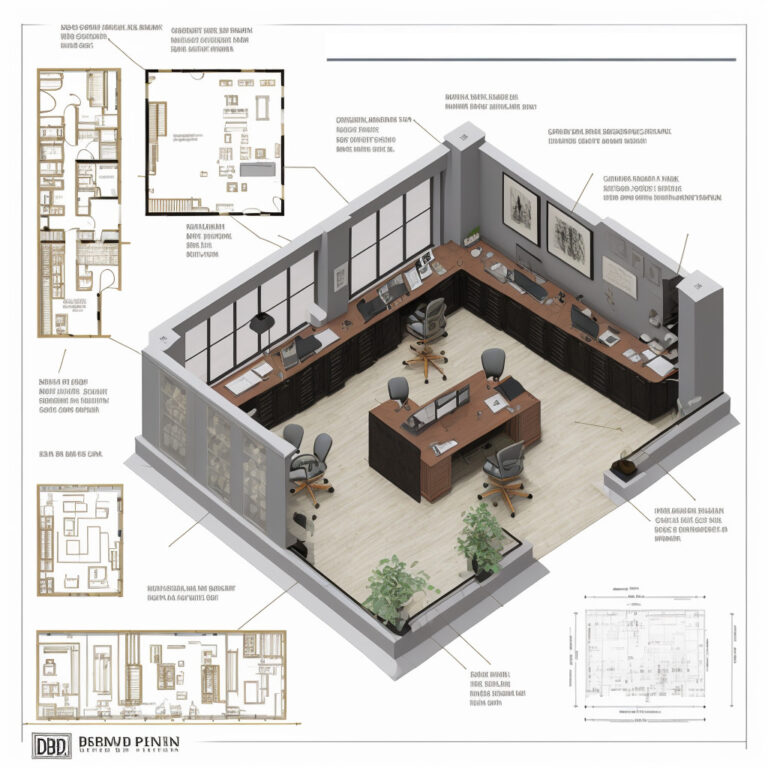The Importance of Workspace Design for Enhanced Productivity
A well-designed workspace can have a significant impact on an employee’s productivity, creativity, and overall job satisfaction. In today’s fast-paced and competitive business environment, companies are constantly searching for ways to improve their bottom line, and a carefully planned and executed office design can make all the difference.
Workspace Design and Productivity: A Proven Connection
Studies have shown that the design of a workspace can have a profound effect on how well employees perform. A workspace that is cluttered, noisy, and poorly lit can lead to increased stress and decreased motivation, which in turn can result in decreased productivity and creativity.
On the other hand, a workspace that is designed with ergonomics, functionality, and aesthetic appeal in mind can have the opposite effect. A well-designed workspace can help employees feel more comfortable, reduce stress, and increase motivation, leading to higher levels of productivity and creativity.
Key Components of an Effective Workspace Design
So what are the key components of an effective workspace design? Here are a few of the most important elements to consider:
Ergonomics
Ergonomic design is all about ensuring that the workplace is comfortable and safe for employees. This includes ensuring that furniture is appropriately sized and positioned, lighting is adequate, and temperature is controlled. It also involves taking into account the physical needs of employees, such as adequate space to move around and access to necessary equipment.
Functionality
Functionality is also an important consideration in workspace design. A well-designed workspace should be optimized for the tasks that employees perform on a daily basis, with all necessary equipment and resources within easy reach. This can include the use of efficient storage solutions, well-placed electrical outlets, and the provision of adequate desk space.
Aesthetics
Aesthetics are also a crucial element of workspace design. A workspace that is visually appealing can have a positive impact on employee morale and motivation, while a workspace that is bland and uninspiring can have the opposite effect. Companies should therefore take care to choose colors, furnishings, and other design elements that reflect their brand identity and create a positive work environment.
The Benefits of a Well-Designed Workspace
There are many benefits to be gained from a well-designed workspace, including:
- Increased productivity and creativity
- Improved employee morale and motivation
- Lower levels of stress and absenteeism
- Improved brand image
- Enhanced employee satisfaction
The Bottom Line
In today’s fast-paced and competitive business environment, companies can’t afford to ignore the importance of workspace design. By carefully considering ergonomics, functionality, and aesthetics, companies can create a workspace that supports employee productivity, creativity, and satisfaction. And in the end, a well-designed workspace can help companies achieve their bottom line goals.
Conclusion
To wrap up, a well-designed workspace can be a powerful tool in driving business success. By prioritizing ergonomics, functionality, and aesthetics, companies can create a workplace environment that supports employee productivity, creativity, and satisfaction. So if you’re looking to enhance the productivity of your employees and drive business success, be sure to invest in a well-designed workspace.



